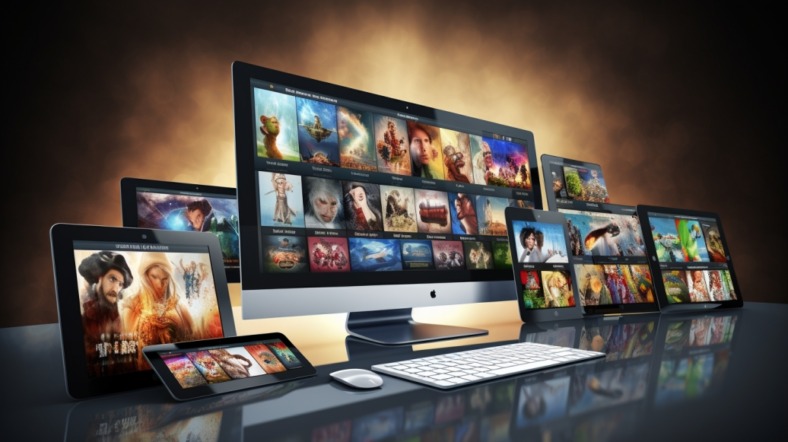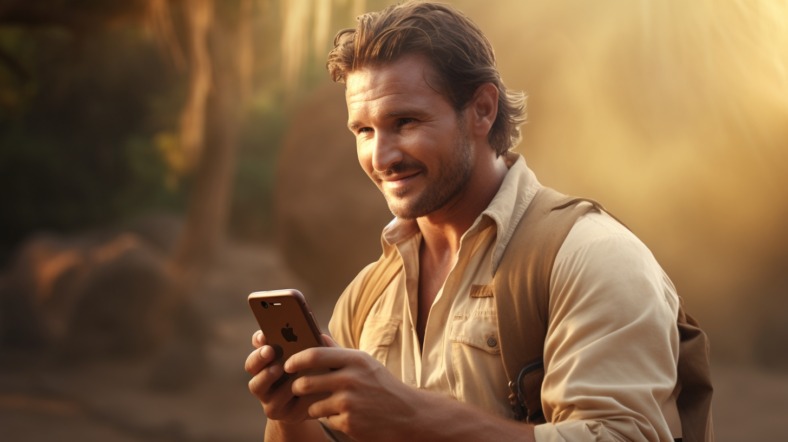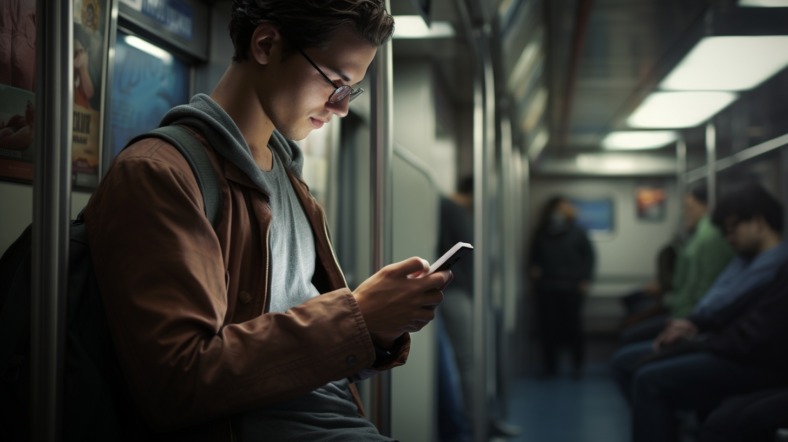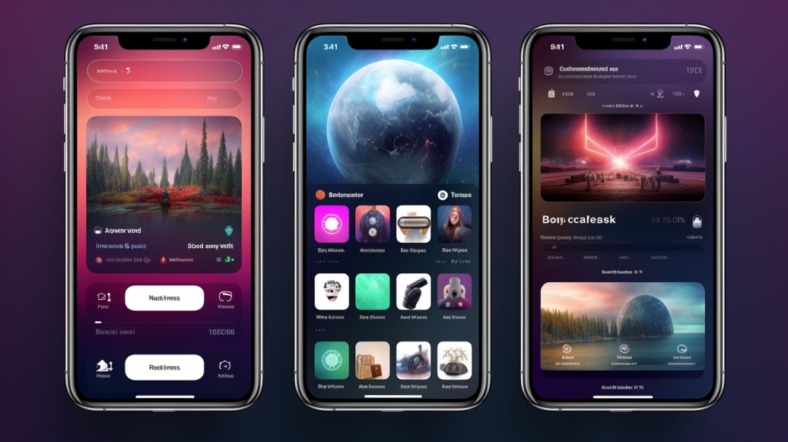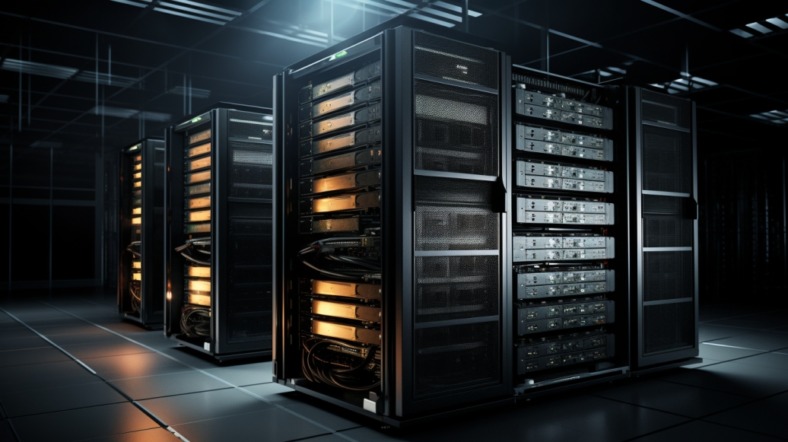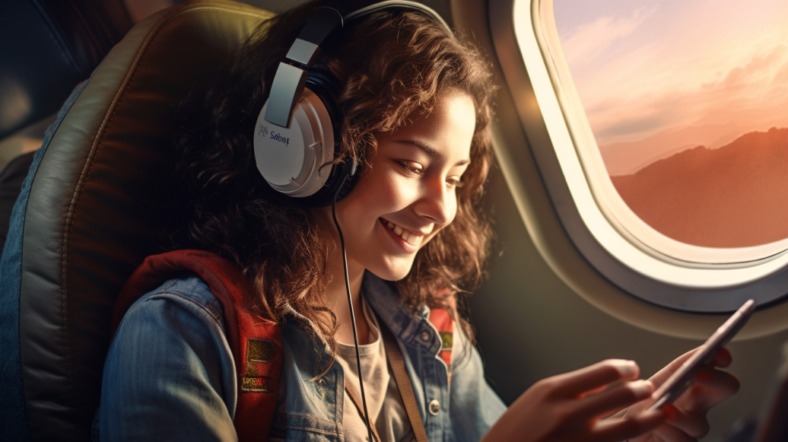
Diving Into Offline Content Consumption
In the rapid evolution of digital entertainment, we’ve seen a monumental leap from traditional media to online juggernauts. The allure of accessing any content, anytime, directly from gadgets has propelled platforms like Netflix, YouTube, and Spotify into the limelight. Yet, as we navigate deeper into the digital era, a curious trend gains momentum: a growing preference for offline content consumption. Amidst the ubiquity of high-speed internet, why are folks increasingly opting to download content for later enjoyment? Let’s unravel this contemporary shift.
The Streaming Era
The past decade has marked the reign of streaming services, transforming how we indulge in series, documentaries, or music. The ease of access provided by Netflix, YouTube, and Spotify is unmatched. Armed with just a device and internet access, the entire realm of entertainment awaits at our fingertips. However, streaming’s convenience comes entangled with its own set of hurdles.
Gone are the days of adhering to TV guides and scheduled broadcasts. Streaming platforms have ushered us into an age of on-demand entertainment, where watching a movie or playing a specific song is instantaneously achievable. This shift has fundamentally redefined the entertainment landscape, making content more accessible than ever.
Data Demands and Connectivity
The Bliss of Uninterrupted Entertainment
There’s scarcely anything as jarring as immersing yourself in the height of an emotional film or the peak of a song, only to be snapped back to reality by the dreaded buffering icon. It’s the digital world’s equivalent of having your view obscured at a live show. In our swift-moving era, disruptions like these aren’t merely irritating—they’re practically inadmissible.
Herein lies the charm of offline content consumption. By pre-downloading your beloved series, movies, or tunes, you’re gifted with a smooth, unbroken experience. Say goodbye to buffering, to the sudden plunge in quality—just pure, unadulterated enjoyment. It’s akin to holding a VIP ticket to your favorite content, free from any obstacles to your viewing or listening pleasure.
Furthermore, offline viewing puts you in the driver’s seat. Pause, rewind, or replay to your heart’s content, all without a tether to internet connectivity. It’s a level of freedom and convenience that makes streaming’s unpredictability seem bewildering in retrospect.
Navigating No-Internet Territories
Attempting to stream content in a subway tunnel or mid-flight can often introduce you to the infamous internet voids. These are spots where your connection to the digital world weakens or vanishes entirely. Despite the global web of connectivity, there remain numerous spots where reliable Wi-Fi remains a distant dream.
For the modern commuter or globe-trotter, these voids can be a wellspring of ennui and vexation. Yet, with offline viewing, these issues evaporate. Pre-loading your device with content arms you with endless entertainment, regardless of your whereabouts or Wi-Fi availability. Whether it’s a sprawling train voyage, an extended flight, or just an area plagued by flaky internet, your library of downloaded content becomes your entertainment oasis.
It transcends mere convenience; it’s about guaranteeing quality amusement at any time, any place. With a stockpile of offline content, you’re liberated from the whims of erratic internet connections, transforming no-service zones into your personal media sanctuaries.
App Evolution Embracing Offline Access
As the digital environment matures, so too do the preferences and habits of its inhabitants. In tune with the escalating demand for offline access, numerous leading platforms have adapted. The conversation has expanded beyond streaming to embrace the user’s desire for content on their own terms.
Consider Spotify, initially a stream-only platform, now offering Premium subscribers the ability to download tracks and playlists, keeping their beats close at hand, online or off. Netflix, too, has rolled out a download option, allowing viewers to take their binge sessions mobile. These adaptations are indicative of a wider trend, with offline access transitioning from a luxury to a standard offering.
This pivot reflects a deeper understanding that, in the cutthroat arena of digital platforms, the user experience reigns supreme. Providing offline functionalities is no mere extra; it’s a compelling value proposition. It signifies a recognition of users’ craving for flexibility, aiming to keep them engaged and loyal in an ever-competitive landscape.
Evolving Storage: The Backbone of Offline Viewing
What’s propelling the offline viewing evolution? A critical driver is the advancement in storage technologies. The era when device storage was a pricey rarity is long gone. Thanks to the steady decline in the cost of storage devices, users now enjoy the luxury of hoarding a treasure trove of content economically.
Furthermore, the ascent of cloud storage solutions has significantly bolstered this movement. Services like Google Drive, Dropbox, and iCloud not only make it a breeze to stash and retrieve files offline but also ensure your digital keepsakes—be it films, slideshows, or files—are just a tap away, even in the absence of internet service.
The Emotional Perks of Content Possession
In the whirlwind of today’s digital era, there’s a distinct reassurance in having your go-to content within easy reach. It transcends mere convenience; it’s about the emotional gratification that comes with possession. Keeping your beloved series, tunes, or films offline means they’re perpetually at your beck and call, impervious to the whims of connectivity.
This ownership sensation also offers a buffer against the ever-looming fear of missing out (FOMO). With your favorites queued up for offline enjoyment, the anxiety of skipping the latest buzz or hit track dissipates. Offline reserves serve as your cultural safety net, keeping you plugged into the zeitgeist.
